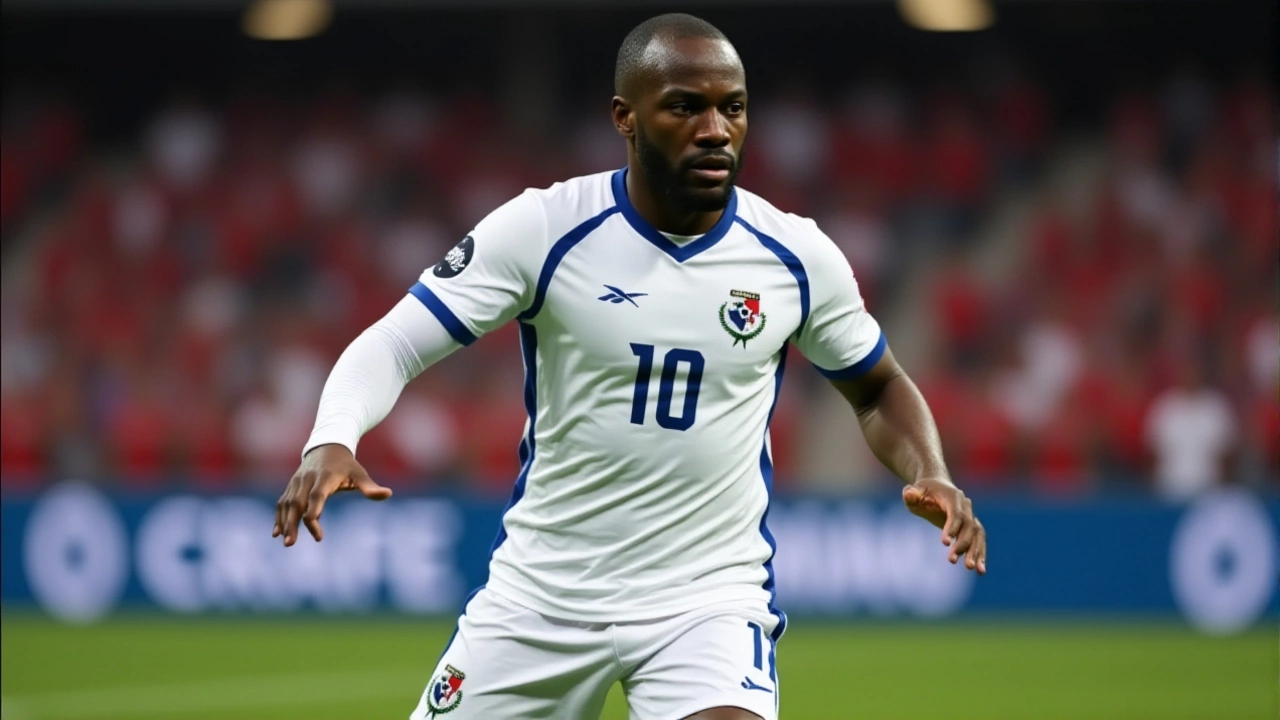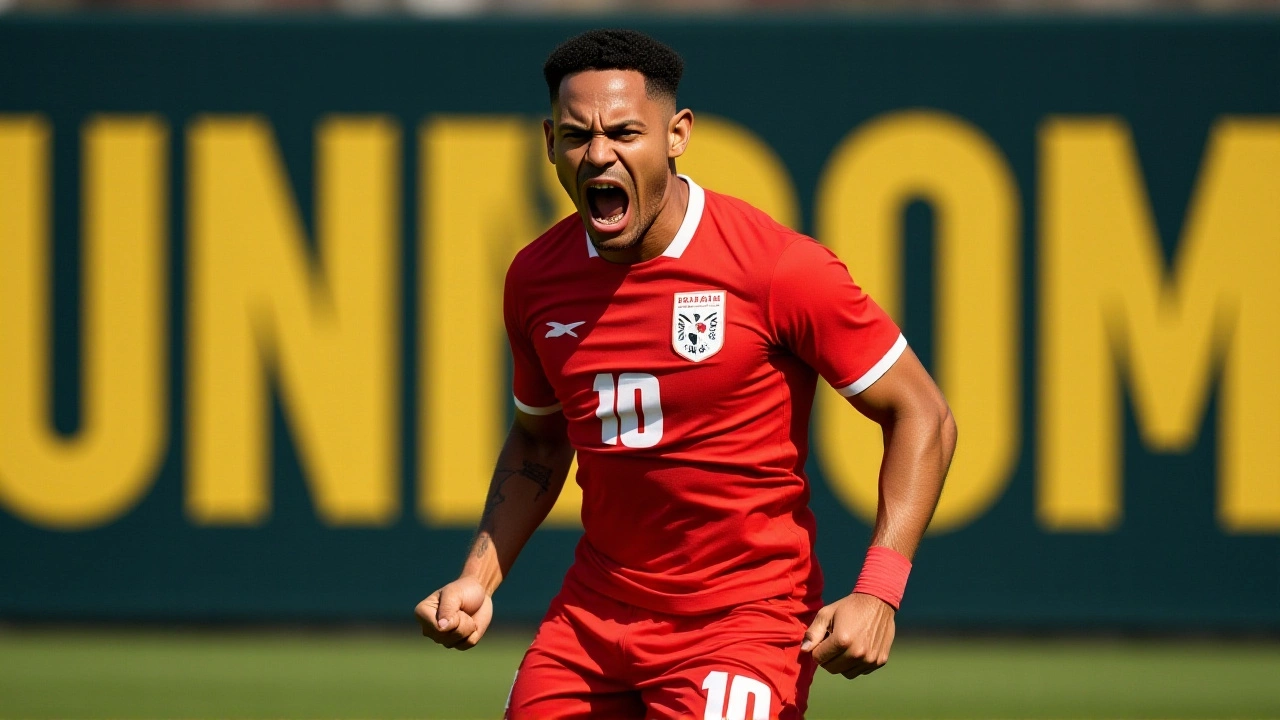The CONCACAF has officially unveiled the Final Round schedule for the 2026 FIFA World Cup Qualifying, with two high-stakes matchups—Honduras versus Costa Rica and Nicaragua versus Haiti—scheduled for Thursday, October 9, 2025. These games, part of Matchday 3 in the Final Round, will be played during the October FIFA international window and could make or break dreams of reaching the 2026 FIFA World Cup, hosted jointly by Canada, Mexico, and United States.
How the Final Round Works: Three Spots, High Stakes
There’s no room for error anymore. Unlike past World Cup cycles, where CONCACAF had six direct qualifying spots, the automatic inclusion of the three host nations slashed that number to just three. That means only the top team in each of the three groups will punch a direct ticket to the 2026 FIFA World Cup. The two best second-place finishers? They’ll fight for the last two spots in the FIFA Intercontinental Playoff—a brutal gauntlet against teams from Asia, Africa, and South America.
It’s a brutal shift. Fans in Honduras, Jamaica, or even Suriname remember when six teams made it. Now, one slip-up can end a generation’s hope. The draw on June 12, 2025, in Miami, Florida, split the 12 qualifiers into three groups. Group A: Jamaica, El Salvador, Panama, Bermuda. Group B: Costa Rica, Honduras, Nicaragua, Haiti. Group C: Curacao, Trinidad and Tobago, Guatemala, Suriname. Every match matters. But October 9? That’s when the pressure turns into fire.
October 9, 2025: The Night the Region Holds Its Breath
The Honduras vs. Costa Rica clash in Tegucigalpa isn’t just a game—it’s a regional rivalry with decades of history. Honduras, once a powerhouse in CONCACAF, has struggled in recent cycles. Costa Rica, the 2014 World Cup semifinalist, still carries the weight of past glory. A win for Honduras could revive their campaign. A loss? It might be the death knell.
Meanwhile, in Managua, Nicaragua vs. Haiti is a David-and-Goliath matchup with unexpected stakes. Nicaragua, ranked 171st in the FIFA rankings, stunned Guyana in the Second Round. Haiti, despite political turmoil and financial chaos, has a proud footballing tradition. They’ve reached World Cups before. Now, they need points. A win for Haiti keeps them alive. A surprise win for Nicaragua? That could send shockwaves through the entire group.
And here’s the twist: both games kick off at 20:00 local time—meaning fans in the U.S. East Coast can watch them live before dinner. No excuses. This isn’t a distant qualifier. It’s prime-time drama.

What Led to This? The Host Country Domino Effect
Before the FIFA Council announced on February 14, 2023, that Canada, Mexico, and the United States would all get automatic berths, CONCACAF had six direct spots. That meant more teams had realistic chances. But with three spots now swallowed by the hosts, the competition became exponentially harder.
It’s not just about fairness—it’s about perception. Teams like Jamaica, which has never qualified for a World Cup, now have to beat teams they used to dominate. Suriname, a team that hasn’t been this close in decades, suddenly has a real shot. The structure, announced on February 28, 2023, was meant to reflect the new reality: the World Cup is bigger, but the path to it is narrower for non-hosts.
The Road So Far: From First Round to Final Showdown
The qualifying journey began over a year ago. The First Round, from March 22–26, 2024, saw four lower-ranked teams battle in two-legged ties. Then came the Second Round, a grueling 30-team tournament split into six groups. By June 2025, only the top two from each group advanced. Results like Costa Rica’s 8-0 thrashing of the Bahamas and El Salvador’s 3-0 win over Anguilla showed the gulf between the region’s elite and its minnows.
But the Final Round? That’s where the real test begins. Matchday 1 saw Suriname vs. Panama end 0-0, while Jamaica’s 4-0 win over Bermuda set the tone. Matchday 2 delivered drama: El Salvador beat Suriname 2-1 in San Salvador, and Honduras edged Nicaragua 1-0 in front of a roaring crowd at Estadio Nacional Chelato Uclés.
Now, with Matchday 3 on October 9, the table is shifting. Points are precious. Momentum matters. And the clock is ticking.

What’s Next? The Final Push
After October 9, the calendar doesn’t let up. October 13–14 brings Curacao vs. Trinidad and Tobago. November 13 is a six-game barrage: Haiti visits Costa Rica, Nicaragua hosts Honduras, and Guatemala faces Panama—all critical. The final day, November 18, 2025, will be pure chaos. One team could win and still miss out. Another could lose and sneak through.
Coaches are already preparing. Players are training harder. Families are saving money to fly to games. In Port-au-Prince, in San Pedro Sula, in Kingston—football is no longer just a sport. It’s survival.
Frequently Asked Questions
How many teams from CONCACAF will qualify for the 2026 World Cup?
Three teams will qualify directly from CONCACAF’s Final Round, while two additional teams will advance to the FIFA Intercontinental Playoff. The automatic berths for Canada, Mexico, and the United States reduced the confederation’s total allocation from six direct spots to just three, making qualification significantly harder.
Why is the Honduras vs. Costa Rica match so important?
This is a historic rivalry with deep regional roots. Honduras needs a win to stay alive in Group B, while Costa Rica, despite past glory, has struggled in recent qualifiers. A victory for either side could swing the entire group standings. A loss for Costa Rica might end their World Cup hopes. For Honduras, it’s a chance to prove they’re still a force in CONCACAF.
What happens if Nicaragua beats Haiti?
A win for Nicaragua—a team ranked 171st—would be one of the biggest upsets in CONCACAF qualifying history. It would put them within striking distance of second place and keep their hopes alive. Haiti, despite its talent, has been hampered by instability. A loss could cripple their campaign and open the door for Honduras to dominate the group.
When and where was the Final Round draw held?
The draw took place on June 12, 2025, at 19:00 EDT (UTC-4:00) in Miami, Florida. The 12 qualified teams were seeded based on the April 2025 FIFA rankings and split into three groups of four, setting the stage for the Final Round’s home-and-away format.
How did the host country rule change affect CONCACAF teams?
Before February 2023, CONCACAF had six direct World Cup spots. After FIFA awarded automatic berths to Canada, Mexico, and the United States, those three spots were taken from CONCACAF’s allocation. That cut the direct qualifiers from six to three, forcing teams like Jamaica, Suriname, and El Salvador to fight harder for the remaining spots—and increasing the pressure on every match.
Who are the favorites to qualify from Group B?
Costa Rica is the favorite based on history and FIFA ranking, but Honduras is strong at home and has momentum after their 1-0 win over Nicaragua in Matchday 2. Haiti is dangerous on set pieces, and Nicaragua is improving. The group is wide open—no team can afford to drop points on October 9.
